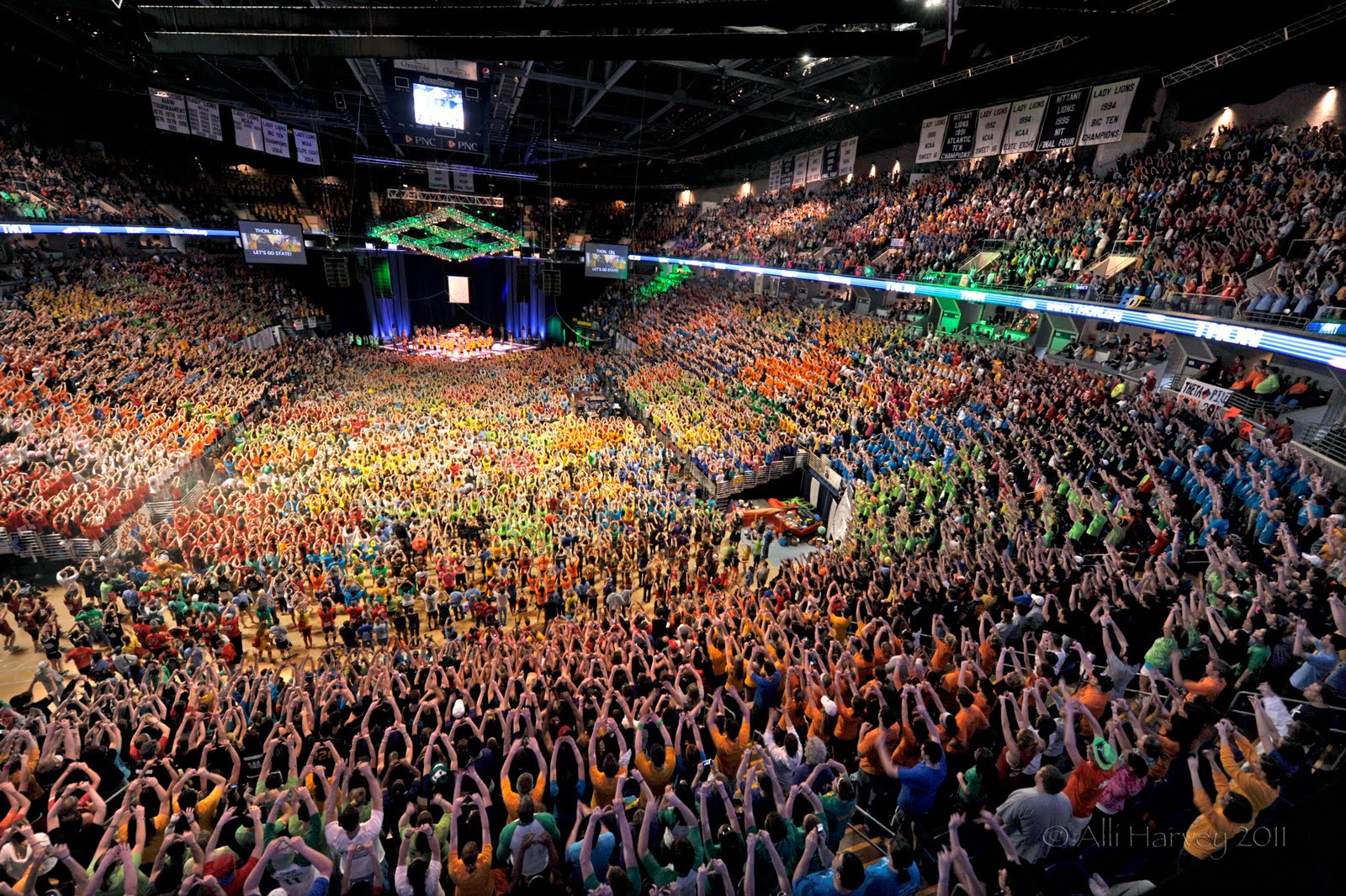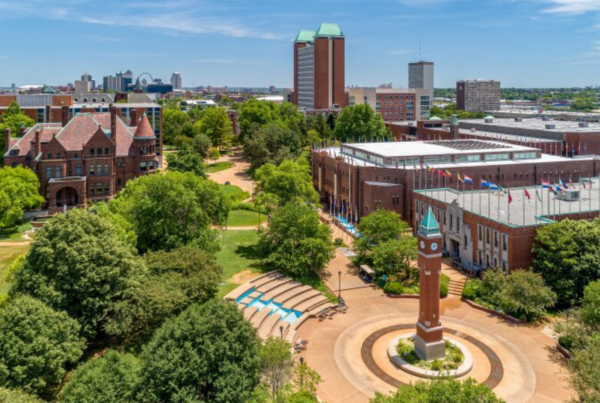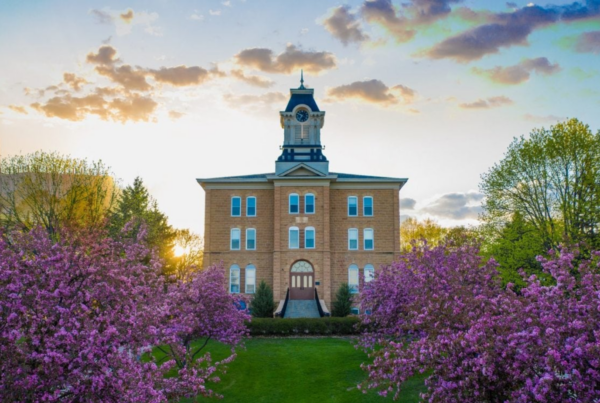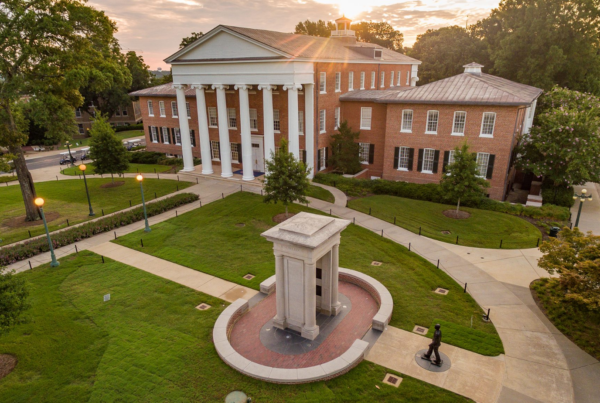 by Dave Best — Galin Education College Admissions Counselor
by Dave Best — Galin Education College Admissions Counselor
College traditions run deep nationwide and often are passed down across generations. They can become so legendary that they become a cornerstone of the college experience. Here at Galin Education, the students we serve and their families shared with us some of their favorite college traditions. Listed below are several of the most memorable.
In fact college traditions, ranging from dance marathons to a tent city, connect alumni across generations, and they are kept alive through the years. Beyond just stories, these traditions are real and become integral in the college experience. Students love these events because they are fun and source of pride. Some even generate much-needed funds for charitable causes. The causes below are best described in their own words from their webpages. For more information, be sure to click the links for each event.
Northeast
Imagine a 46-hour dance marathon. No sitting. No sleeping. Last year this February event involved more than 15,000 volunteers and raised more than $13 million to enhance the lives of children and families impacted by childhood cancer.
Throughout the weekend, events such as a Pep Rally featuring Penn State athletes and Fashion Shows featuring Four Diamonds children keep the dancers busy and enthusiastic. In the weekend’s final four hours there are family speeches, a recognition of all families battling childhood cancer, and the fundraising total reveal for that THON year.
THON was first organized in 1973 by a group of students looking to add excitement to a dreary February in central Pennsylvania, and for a way to give back to the community. Today, Penn State’s THON continues to be the longest dance marathon in the country lasting 46 hours. Since 1977, THON has raised more than $127 million benefiting Four Diamonds at Penn State Hershey Children’s Hospital.
Southeast
How long would you camp out to see the biggest college basketball game of the year? For students at Duke, and we call them the Cameron Crazies, they camp out for weeks to get tickets to the Duke – UNC game at the Cameron Indoor Stadium.
There are 1200 seats in the Duke student section at Cameron. Tents of 12 students each line up beginning in early January in Durham, North Carolina. In fact 100 tents wait anxiously to get their tickets for the big game.
The rules are strict in K-ville, which is named for famed basketball coach Mike Krzyzewski. For the first two weeks, tents of 12 must have 2 people in the tent during the day and 10 people each night. For the next two weeks, tents must have 1 person in the tent during the day and 6 people each night. For the final two weeks before the game, tents still must have 1 person during the day but only 2 people each night. The two weekend nights prior to the game are personal check nights, during which each of the twelve tent members must be at the tent for 3 of 5 personal checks spread over the two nights. If a tent misses a tent check twice, it gets moved to the end of the line (assuming availability).
If K-ville is at full capacity (100 tents) and a waitlist exists at the time of the second miss, the tent gets removed completely. Tenters that lose their spot or non-tenters can, however, take their chances at the walk-up line, which forms 48 hours before tipoff. This tradition started in 1986. Since then Duke has won five national championships in basketball in 1991, 1992, 2001, 2010 and 2015.
Midwest
Little 500 @ Indiana University
Although there are no engines to start in this college tradition, it is fitting that Indiana is home to another major race. The Little 500 is the largest collegiate bike race in the United States. Modeled after the Indianapolis 500, riders compete in four-person teams around a quarter-mile cinder track at Bill Armstrong Stadium. The men’s race is 200 laps — 50 miles — and the women’s race is 100.
Attendance surpasses 25,000 to IU’s Bloomington campus each April for this event. And who can blame them? The excitement, the competition, the pageantry — Little 500 is an experience like no other.
The Little 500 kicked off in 1951 at the old Tenth Street Stadium with 7,000 fans in attendance and $6,000 was raised for student scholarships. Fast forward to 2017 this is now the largest collegiate bike race in the U.S. More than 25,000 attend “Little Five” every year, and more than $1 million has been awarded to working students since that first race.
Southwest
When your school is topped-ranked nationally for tailgating, that is a popular tradition to say the least. We are not talking hotdogs and hamburgers. Or little hibachis. Rather 55-gallon drums of gumbo and large smokers for a variety of delicacies.
Top LSU tailgate items include jambalaya, boudin, shrimp, and sauce piquante. Other football programs might have more bucolic settings and fancier stadiums, but LSU eats better than any of them, and for Tiger fans it is an art form. Over two-thirds of Tiger fans tailgate for five or more hours before every game, and many begin celebrating the great Tiger football experience more than 24 hours before kickoff.
West
Stanford Full Moon on the Quad
Possibly the most unusual or let me say unique college tradition happens beneath the academic year’s first full moon in Stanford, California. Legend has it this event dates back to the 1800s. More than a century later the Full Moon on the Quad is still going strong and even reluctantly sanctioned by the university.
On the quad, seniors seek out freshman to kiss. Some even play it into a bingo like game, with hundreds of participants. And many kissers wear “bingo boards” naming 25 types of kissees they seek: one from each freshman dorm, for example, a rower or a fencer, a redhead, a pothead, a pair of twins, someone over 6-foot-5, someone who got 2,400 on the SAT, and so on. Bingo is five in a row, blackout bingo is the whole board. The middle square is always the Tree — the Stanford marching band’s mascot. By unwritten rule, the Tree kisses all comers, of all sexes. Its escorts, the Tree Protection Service, keep count.
The university provides tips and resources to help prevent the flu and meningitis. Supposedly students at all colleges got the flu, but not at unusual levels. The tradition continues to evolve with some participants wearing just body paint. There is a “same-sex kissing” area.





